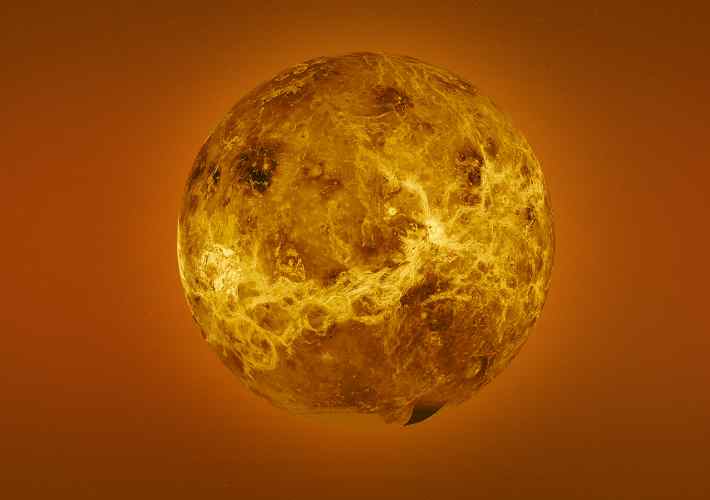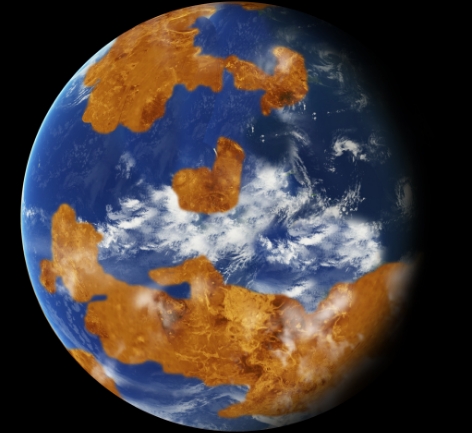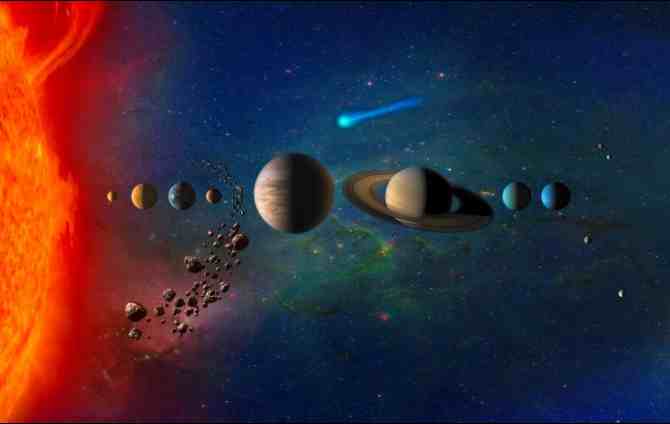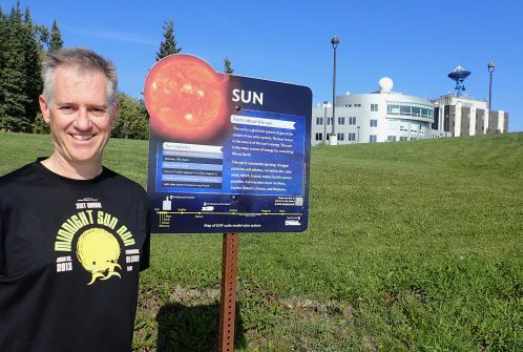In less than two weeks, on June 5th, the planet Venus will transit the face of the sun in an event that will not be seen again by anyone now alive on earth.
Over one hundred years spans the event that takes place in pairs. The last transit took place in 2004. The next time that this event will occur is in the year 2117. This years transit will be widely viewable on seven continents. Although the event will not be available to view in Alaska.
Venus’s crossing will begin at 3:09 pm Pacific time and continue for seven hours. The best viewing for the event will be in the Pacific as the sun is high overhead. Viewers in the United States will have viewing in the latter part of the afternoon as the sun begins to set. This will offer excellent photographic opportunities as the swollen sun sets with the disk of Venus in front of it.
The last event in 2004, gave persons alive in this century their first rare view of Venus as it traveled across the face of the sun. None then had any idea how the event may look as only sketches and grainy photos of the event in the 1800’s were available.
This year’s event will no doubt produce a myriad of images. NASA’s Solar Dynamics Observatory will be watching and will produce Hubble quality images of the event.
|
|
Until the 1960’s, Venus was considered the Earth’s twin sister, thought to have many similar characteristics. But, in the last 50 years, a great deal has been learned about the planet. All of the previous misconceptions about Venus can be attributed to the difficulty of viewing the planet as it is perpetually covered in thick cloud cover and so was unviewable from earth.
Named after the Roman Goddess of love and beauty, Venus orbits the sun every 224.7 days. The planet has a mass that is 81.5% the size of earth’s, and its atmosphere is 96.5% carbon dioxide and 3.5% nitrogen. The planet has a crushing atmospheric weight 92 times that of earth.
As with all solar events, caution must be used when viewing the transit. Use of #14 welding glass or indirect viewing is highly recommended. Failure to use appropriate caution can result in blindness.
A map of viewing possibilities can be seen here.







